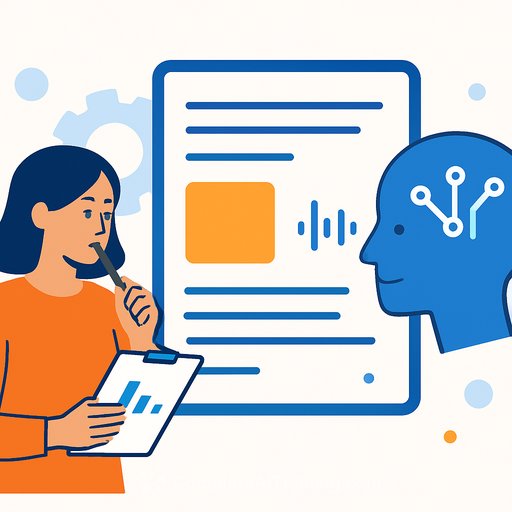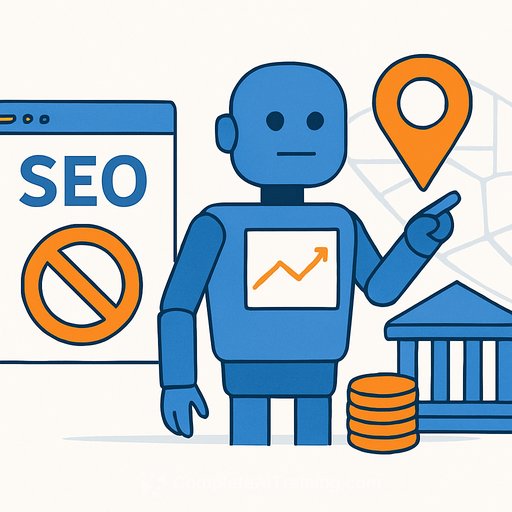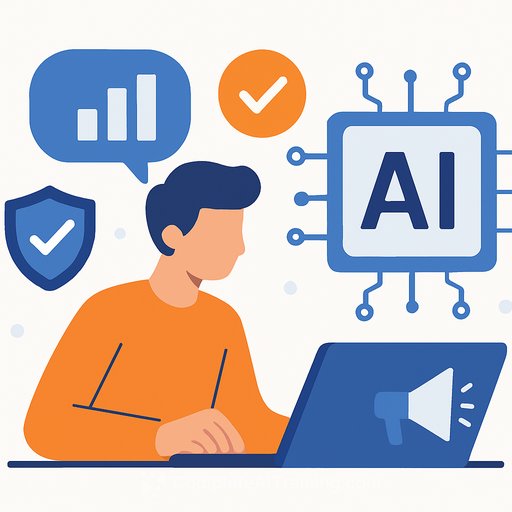Mondelez Goes All-In on Generative AI to Cut Creative Costs and Speed Up Content
Mondelez is building an in-house generative AI tool with Accenture to lower marketing content costs by 30% to 50%. The company has invested more than $40 million so far and expects the tool to produce short TV ads as early as this holiday season, with an eye on the 2027 Super Bowl.
The move is a direct response to tighter margins from tariffs and softer consumer demand. Similar efforts are underway across the category, with Kraft Heinz and Coca-Cola testing AI-driven creative. Coke's AI holiday ads in 2024 drew mixed feedback, mainly around lifelike emotion and authenticity.
How Mondelez Is Using AI Right Now
The current AI output avoids human likenesses. It's live on social for Chips Ahoy in the U.S. and Milka in Germany, including an eight-second Milka clip of chocolate waves over a wafer with backgrounds that change by audience segment.
Traditional animations can run into the hundreds of thousands of dollars. The AI setup cuts that dramatically, making rapid iteration viable without ballooning budgets.
In the U.S., Oreo will use the tool for product pages on Amazon and Walmart starting in November. Expansion is planned for Lacta and Oreo in Brazil and for Cadbury in the UK.
Governance: Human Oversight and Brand Safety
Every AI asset goes through human review to catch errors and maintain standards. Mondelez has formal guardrails: no encouraging unhealthy eating, vaping, or overconsumption; no emotionally coercive language; and no offensive stereotypes.
Why This Matters for Marketers
This is a blueprint for shifting spend from slow, agency-heavy workflows to flexible, in-house systems. The big win isn't just lower costs-it's the ability to test more, faster, and ship creative that maps to signals from retail media and social.
There's a caution flag too: audiences are sensitive to synthetic humans that feel off. Mondelez is keeping creative non-human for now, which sidesteps the uncanny valley and the legal risk.
Practical Playbook You Can Use
- Start small: short-form assets, simple product visuals, and variant backgrounds by segment. Prove lift before scaling.
- Build creative systems: templates, brand kits, scene libraries, and prompts that let you swap elements without reshoots.
- Model the ROI: account for upfront platform costs versus per-asset savings. Target 30-50% unit-cost reduction and reinvest into testing.
- Keep humans in the loop: brand voice, legal review, and accessibility checks. Write down your "no-go" use cases.
- Measure actual impact: run holdout tests, track speed-to-market, and tie creative variants to sales and retail media signals.
- Avoid synthetic faces until you can prove emotional credibility. Use product-first visuals to build trust.
- Integrate with marketplaces: dynamic PDP content for Amazon/Walmart, driven by real-time demand and inventory.
What to Watch Next
Quality of the first AI-driven TV spots during the holidays will set the tone. If the tool can handle more complex video, savings could climb further as the library scales.
Expect more brand-safe automation, tighter retail media loops, and faster creative refresh cycles across regions.
Related: Accenture's perspective on generative AI for enterprise is a useful reference point. See overview.
Upskill your team: If you're building an in-house AI content pipeline, consider this certification for marketing specialists. AI Certification for Marketing Specialists. For tooling ideas, browse leading generative video tools.
Your membership also unlocks:






